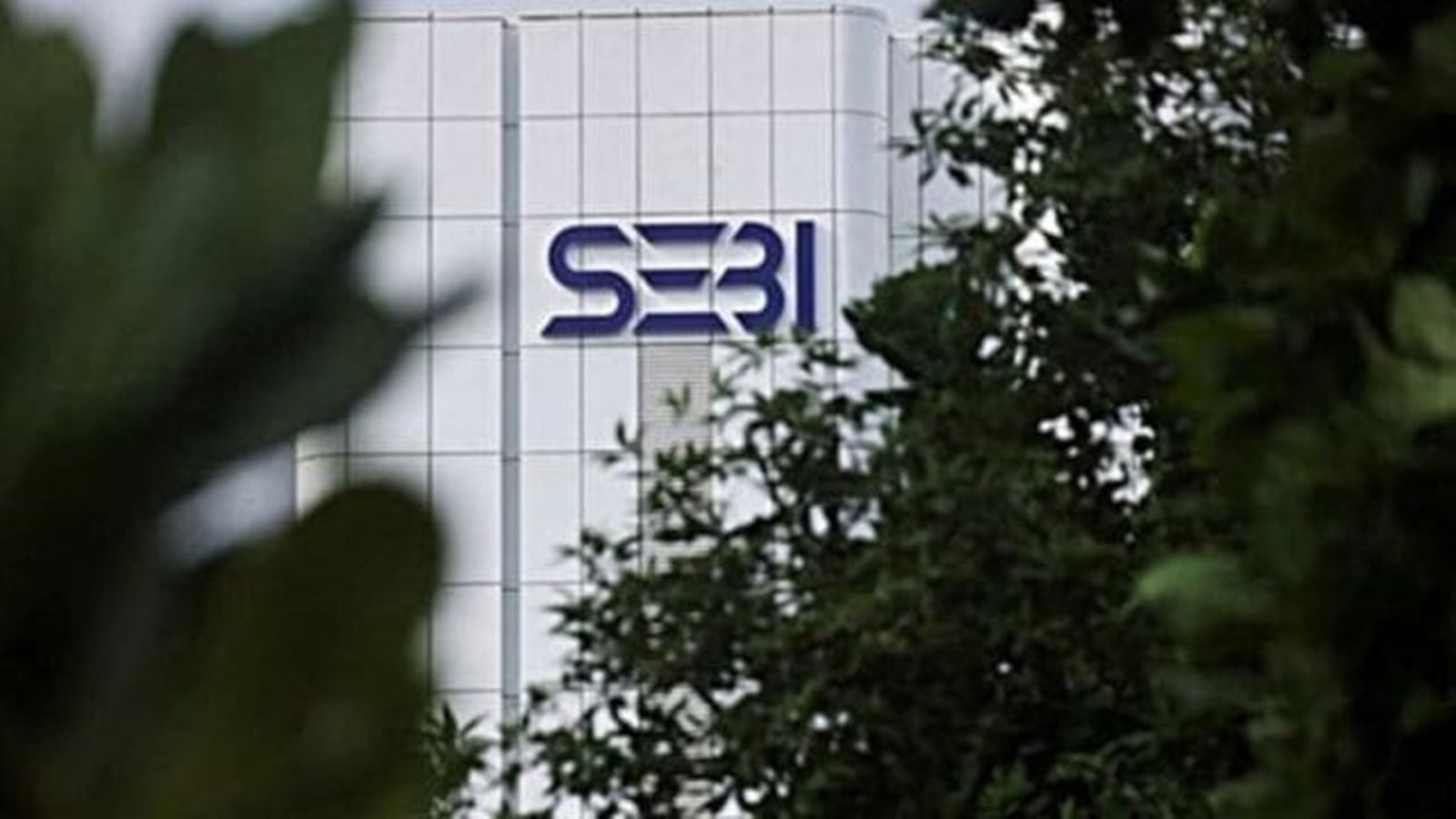In order to further enhance trading convenience and strengthen risk monitoring in the equity derivatives segment, the Securities and Exchange Board of India (SEBI) on Thursday announced a slew of measures, including formulation of open interest and position creation of single stocks during the ban period.
The new measures come months after Sebi had announced a set of six measures in the futures & options (F&O) segment, which included recalibration of contract size for equity derivatives, rationalization of weekly index derivatives products and increase in tail risk coverage on the day of options expiry.
These measures were announced due an exponential surge in trading volumes in the segment, with the majority of investors incurring losses. However, despite tightening of regulations in the equity derivatives segment, the Sebi found that the trading activity of individuals continues to remain high.
A recent analysis, conducted by Sebi for the period December 2024 to March 2025, showed that the number of individuals trading in equity derivatives was down 12 per cent year-on-year (YoY) but up 77 per cent from two year ago.
“Open Interest (OI) of the participants in derivatives shall be measured at a portfolio level by computing the net Delta adjusted open positions across futures and options for an underlying at a given point in time,” Sebi said in a circular.
Delta denotes sensitivity of price movement of derivative position with respect to that of the underlying. For options, delta will range between 0 and +1 times notional for long calls and between 0 and –1 times notional for long puts. In case of short options position, effective delta for short calls is negative and that of short put is positive, Sebi said.
To calibrate Market Wide Position Limit (MWPL) to the new formulation of OI measurement and also link it to cash market activity, Sebi said that MWPL will be lower of 15 per cent of free float and 65 times Average Daily Delivery Value (ADDV) across clearing corporations with a floor limit of 10 per cent of free float.
Story continues below this ad
This metric shall be recalculated every three months based on the rolling ADDV for the preceding three month period.
Once the market wide open interest for any scrip exceeds 95 per cent of the MWPL for the scrip, the members/clients shall trade only to decrease their positions through offsetting positions, which is called the ban period.
The markets regulator said that any trading done by entities in the derivatives contracts of a scrip, subsequent to its entry in the ban period, should result in reduction of Future Equivalent Open Interest (FutEq OI) on an end of day basis.
To safeguard market integrity and limit settlement risk from intraday spikes in FutEq OI, Sebi said that stock exchanges should perform intraday monitoring of MWPL utilization at least four random times during the trading session. This is to take appropriate actions once OI utilization breaches certain limits and to report instances of significant utilization of MWPL / breach of MWPL to Sebi in the fortnightly surveillance meeting.
Story continues below this ad
Further, to strike a balance between market stability or fear of manipulation of underlying constituents associated with a large size index position and the ability to take meaningful exposure by participants, Sebi stipulated limits for index options at PAN level.
“Net end of day FutEq OI limit for options to be Rs 1,500 crore and gross FutEq OI to be Rs 10,000 crore (i.e. neither gross long FutEq OI nor gross short FutEq OI shall exceed Rs 10,000 crore),” the regulator said.
Stock exchanges should prepare a joint SOP (standard operating procedure), in consultation with Sebi, to strictly monitor intraday positions and trading activities of major participants from the perspective of market integrity / surveillance concerns and take appropriate measures, it said.
The regulator said that the pre-open session will be extended to current-month futures contracts on both single stocks and indices, mirroring the modalities of the cash market’s pre-open and post-closing sessions.
Story continues below this ad
To provide adequate time to market participants for shifting to FutEq OI, Sebi has given stock exchanges and clearing corporations a timeline till December 6, 2025, for implementation of all the proposals.


